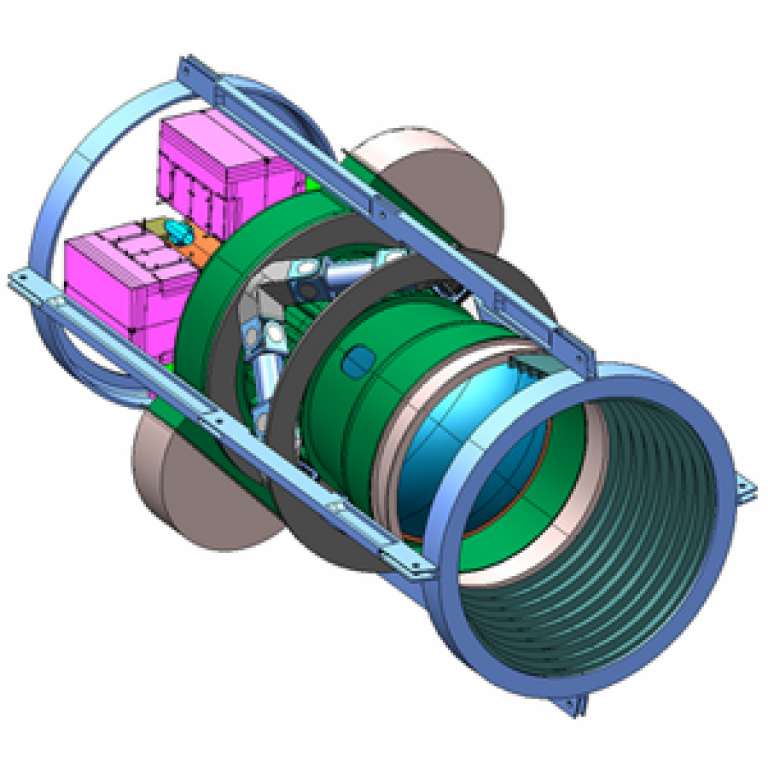UCL's cosmologists focus on the universe's biggest question
23 June 2008
Links
 darkenergysurvey.org/" target="_self">Dark Energy Survey
darkenergysurvey.org/" target="_self">Dark Energy Survey
UCL's cosmologists and optical scientists are right at the centre of a new telescope project that aims to answer one of science's biggest questions.
The Dark Energy Survey (DES) camera will scan and map 300 million galaxies in order to understand the relation between dark energy and the universe and thus get closer to nailing Einstein's theory on General Relativity and the interaction between time, space and gravity.
Prof Ofer Lahav, head of UCL Astrophysics, who also leads the UK DES Consortium, said: "The optical band is still the best way to monitor the sky and to detect the cosmological anomalies that suggest the presence of dark energy.
"Dark energy is one of the biggest puzzles in the whole of Physics, going back to a concept proposed by Einstein 90 years ago.
"The DES observations will tell us if Einstein was right or if we need a major shift in our understanding of the universe."
The pieces of glass for the five unique lenses of the camera have been shipped from the US to France to be shaped and polished into their final form to a smoothness level of one millionth of a centimetre.
The largest of the five lenses is one metre in diameter, making it one of the biggest in the world.
Installation of the lenses into the camera requires highly refined optical techniques, which is why the DES turned to the Optical Science Laboratory at UCL.
Dr Peter Doel at the Laboratory said: "We have the experience in managing this kind of major project; checking the specifications, liaising with manufacturers and overseeing any changes of design.
"The biggest lens will have cost over £400,000 by the time it's finished and the rest aren't that much cheaper. From hewing to completed assembly you're looking at almost three years work.
"As you can imagine it's nerve-wracking stuff and there's no room for error".
After the installation is complete the finished camera go from there to Chile's Cerro Tololo Inter-American Observatory, where observations will start in 2011 and will continue until 2016.
For more information on the Dark Energy Survey, UCL Astrophysics and Optical Science Laboratory click on the links above.
Image shows an illustration of the finished DES camera assembly. Image courtesy of DES.
 Close
Close

